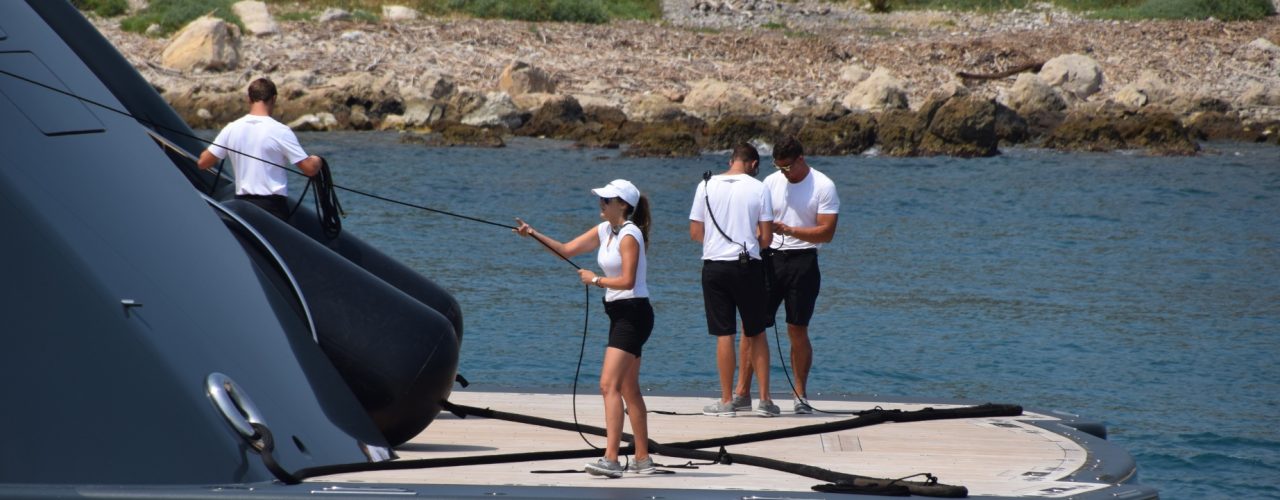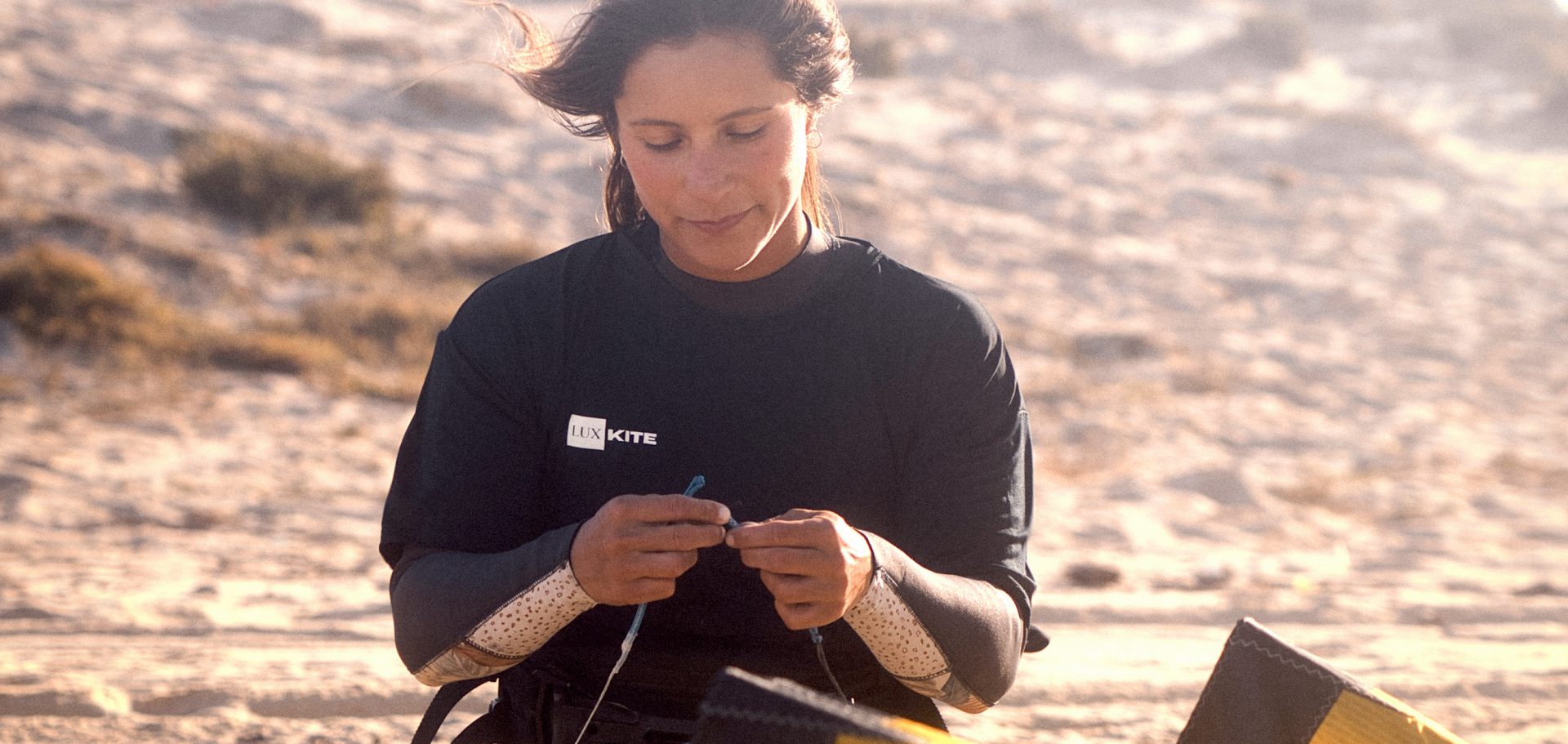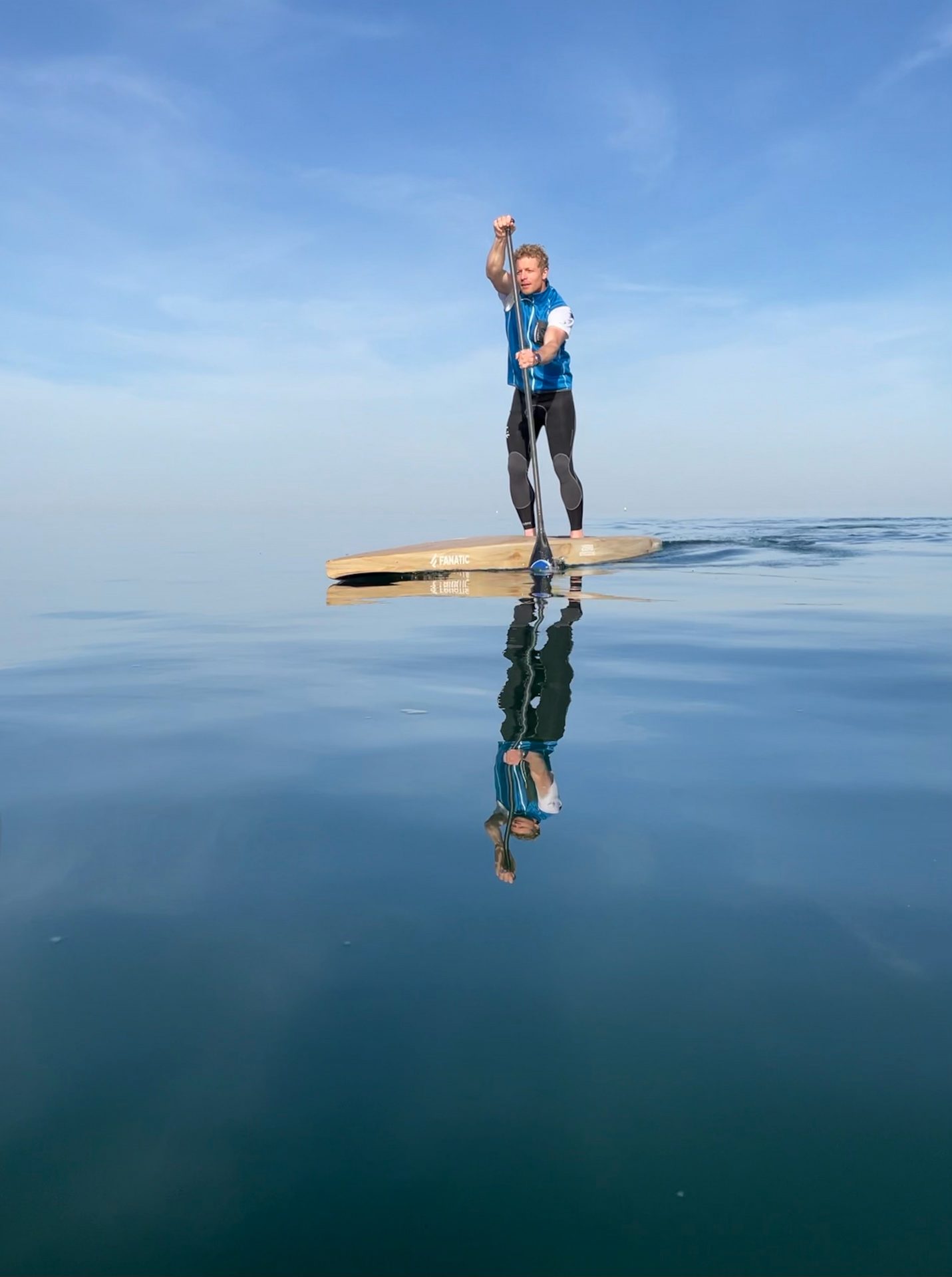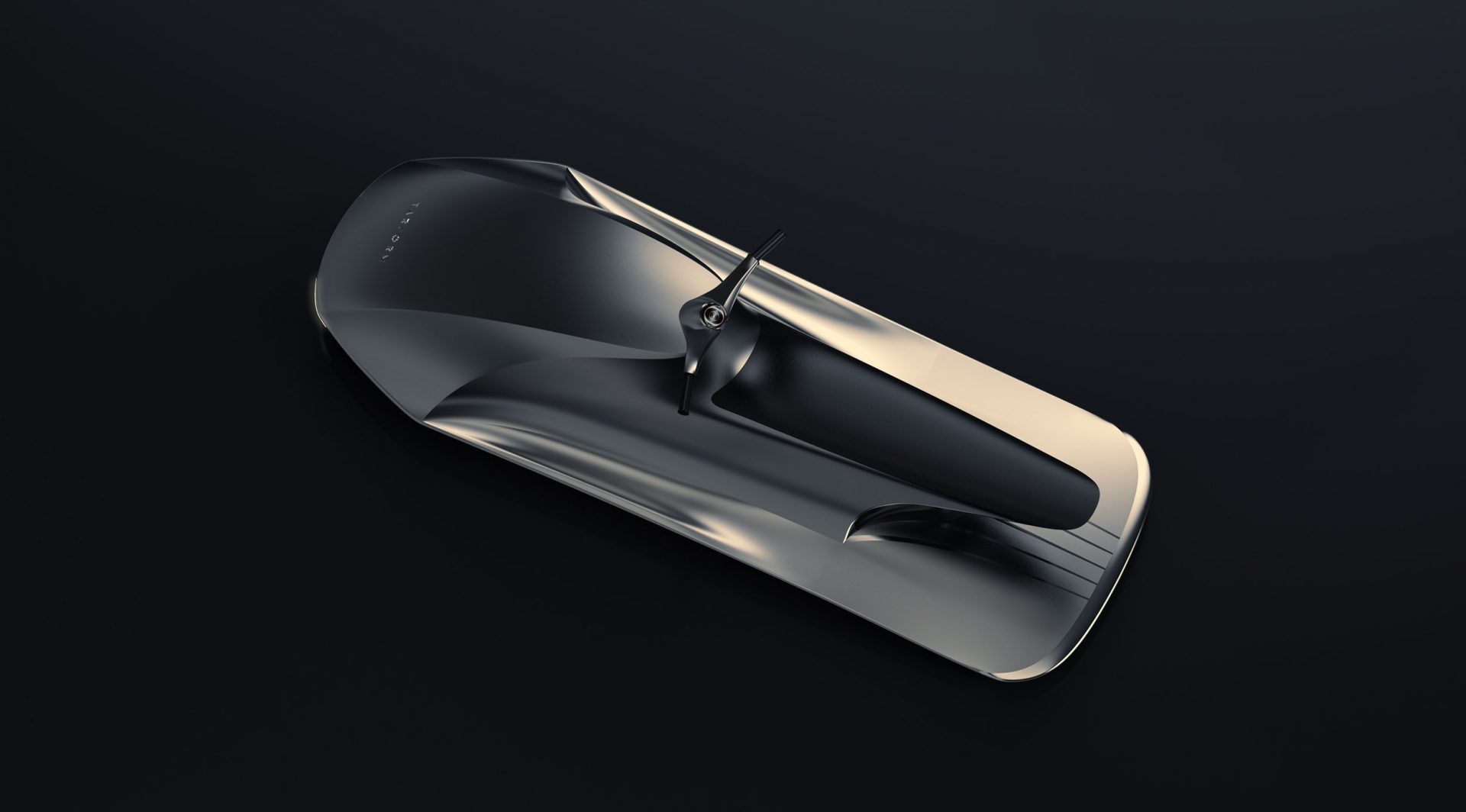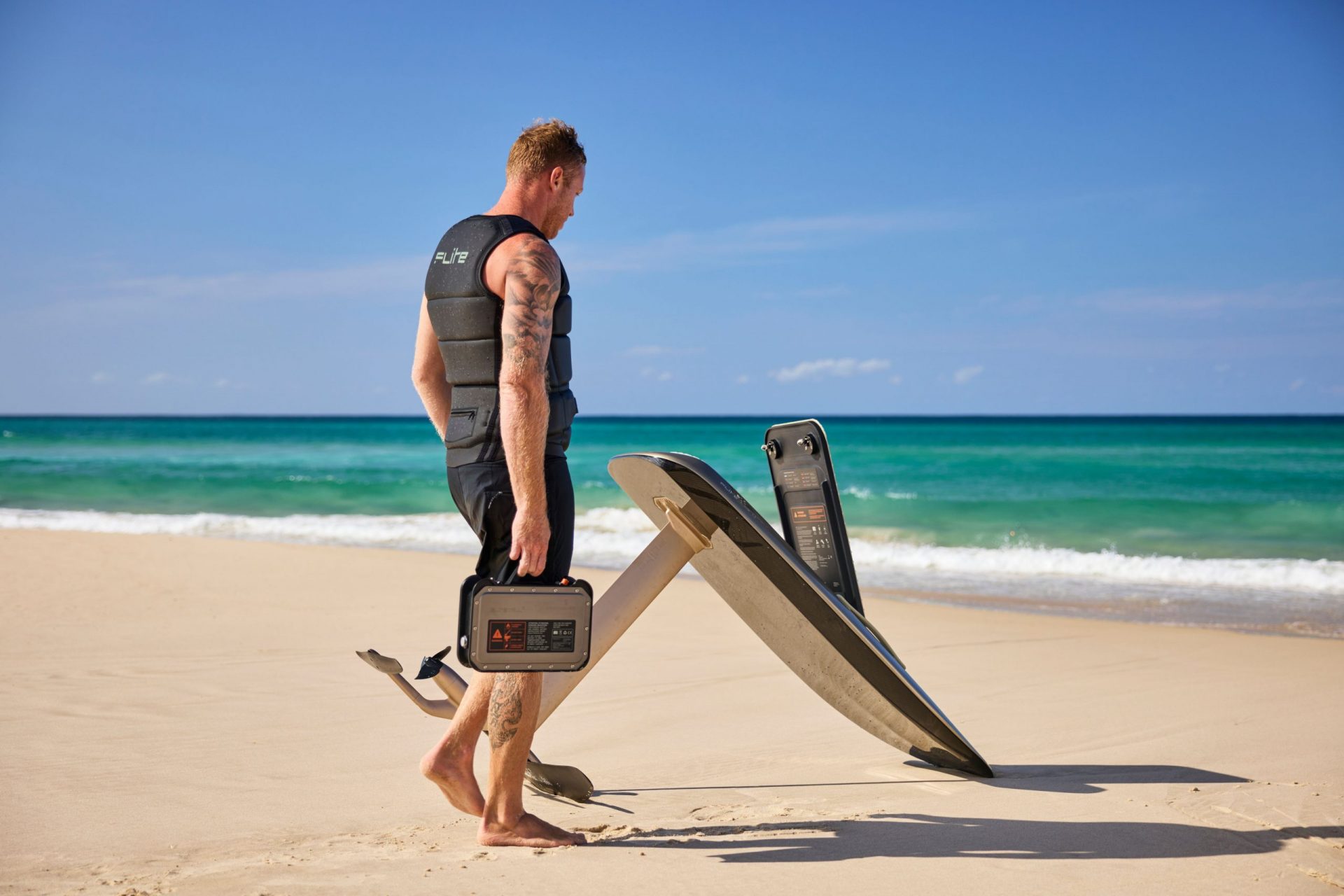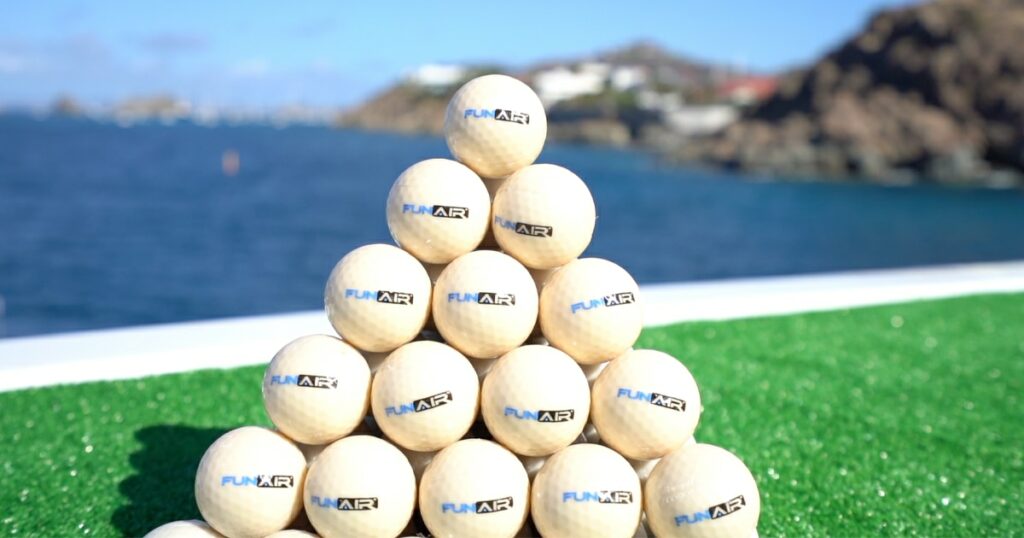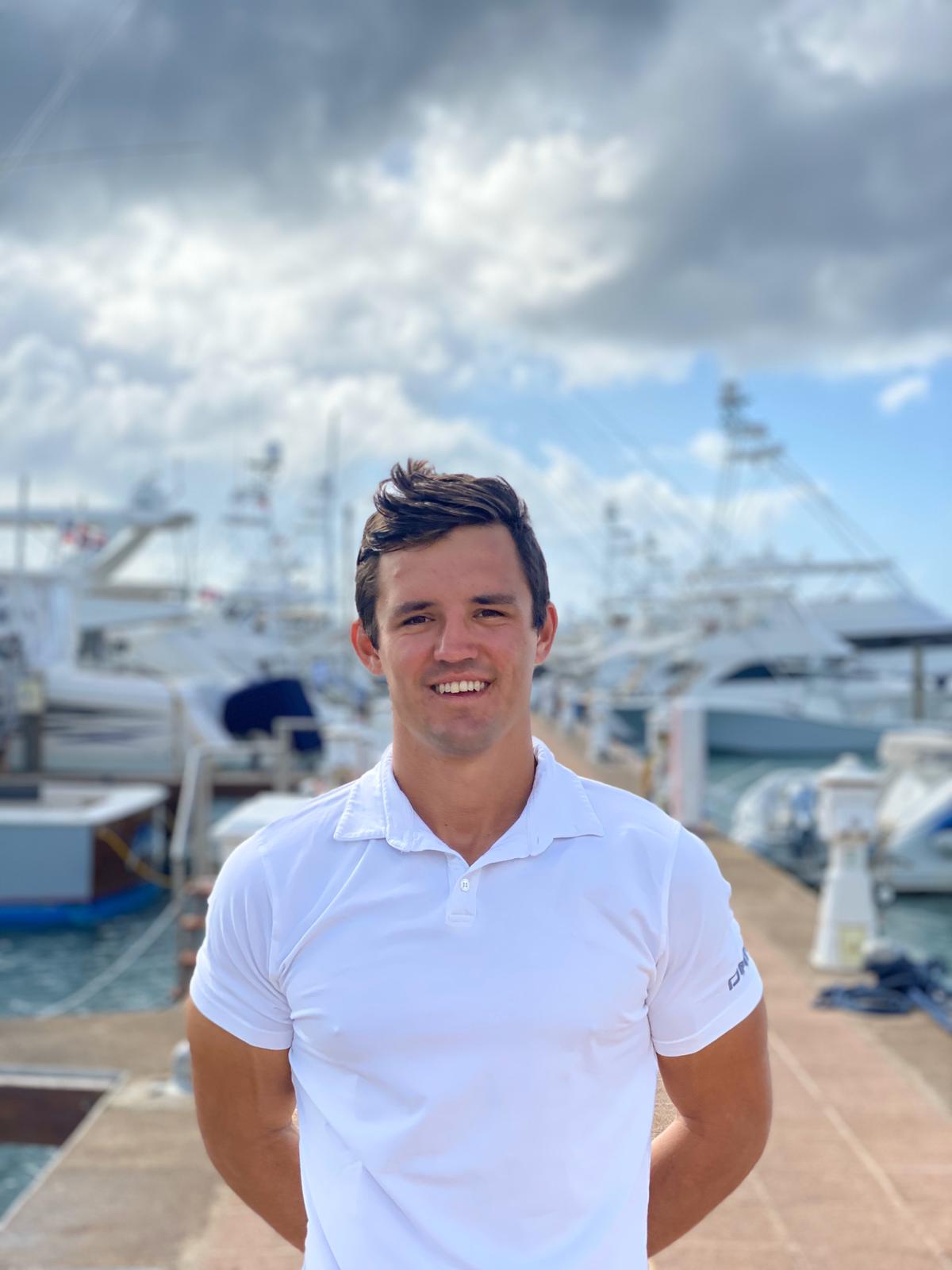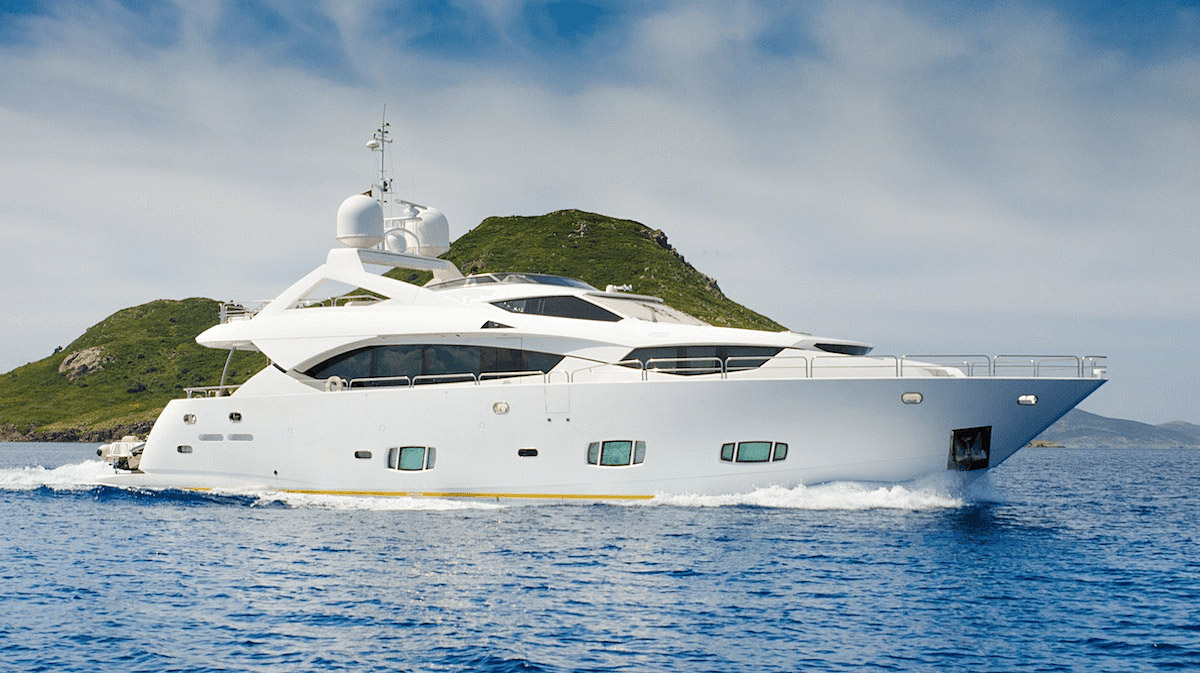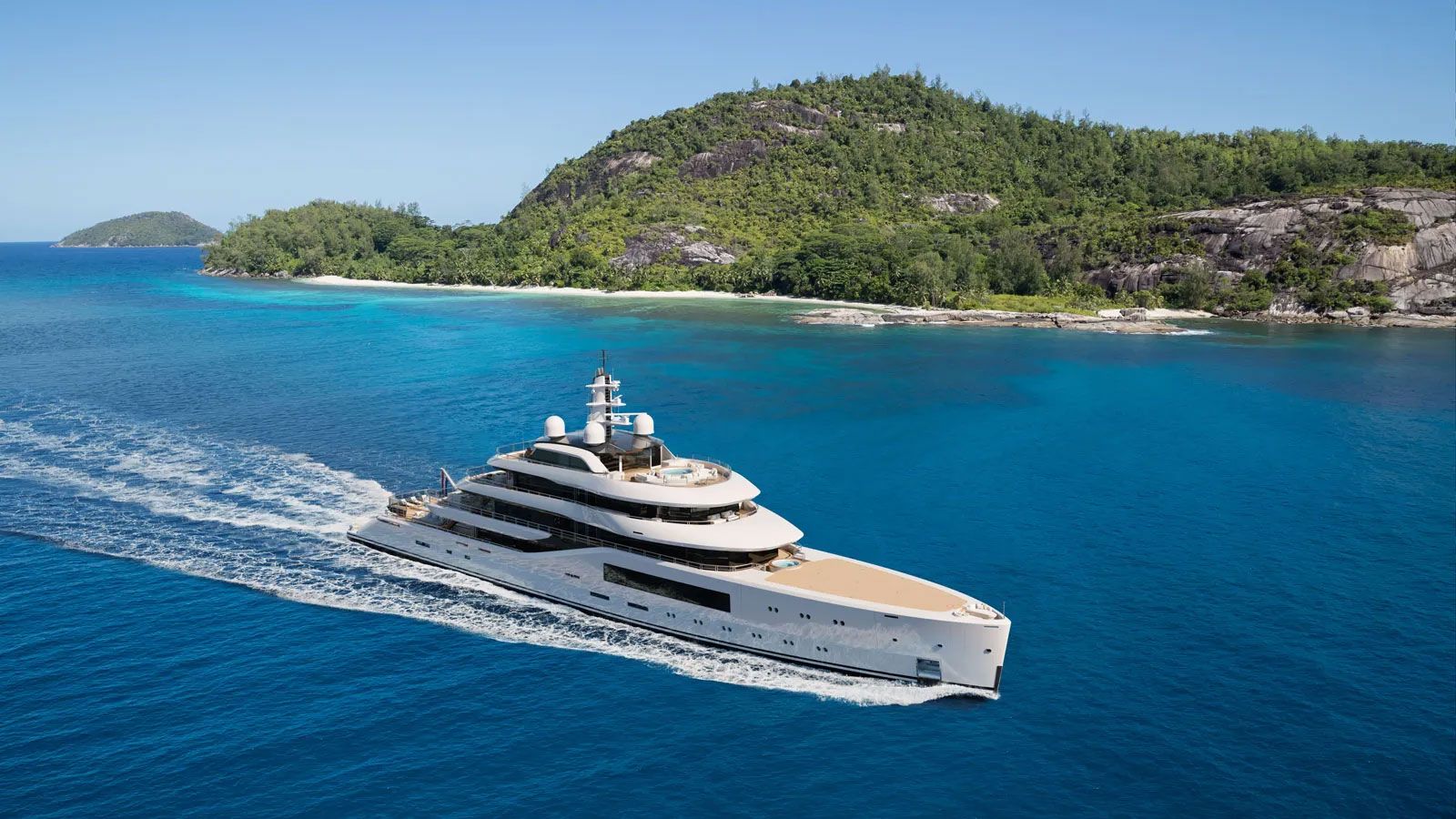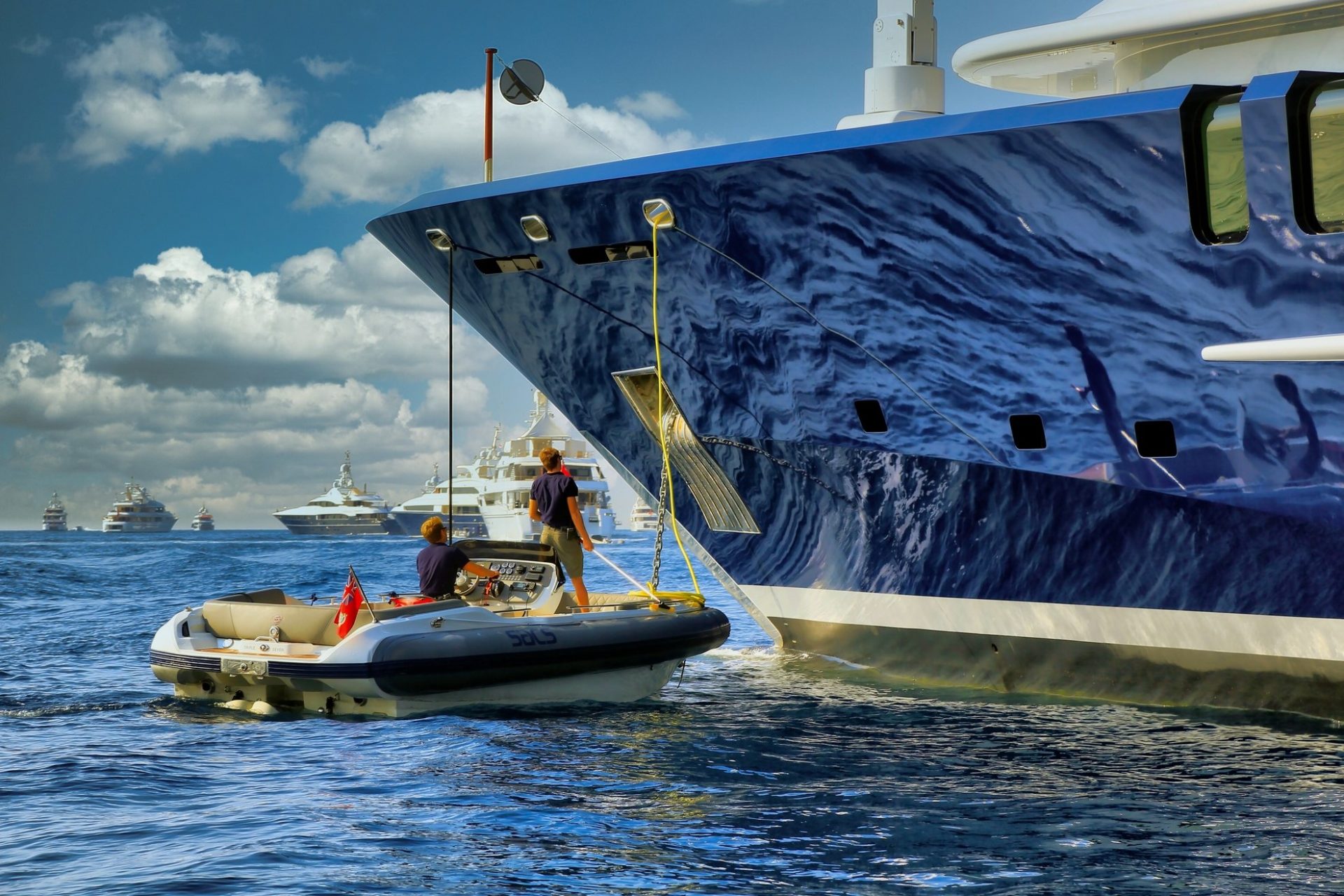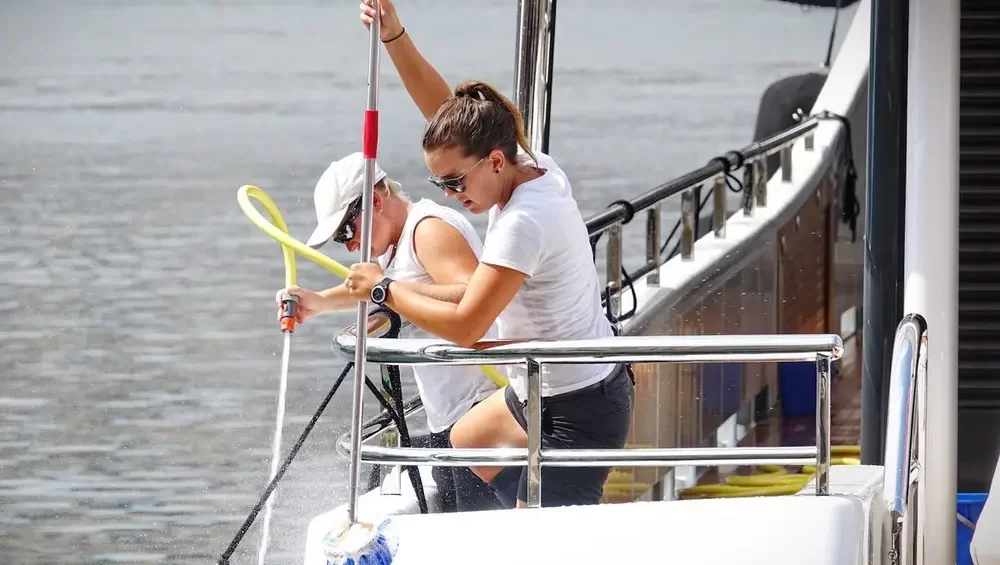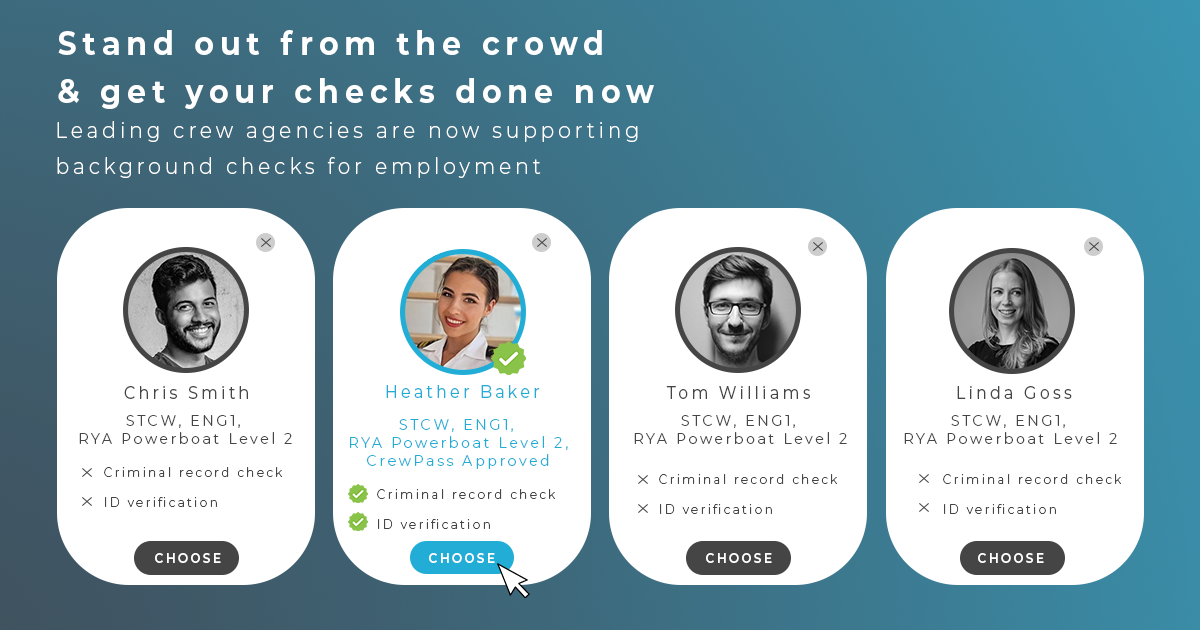Dock Walking Etiquette – 8 Dos and Don’ts By Industry Insiders
Walking the dock to find your first taste of employment onboard a yacht is considered to be a right of passage in the yachting industry, but is it an effective way to find a long-term position onboard? What about the etiquette of asking for a job on the dock? Here are 8 pieces of advice informed by seasoned Yachties on the dos and don’ts of dock walking.
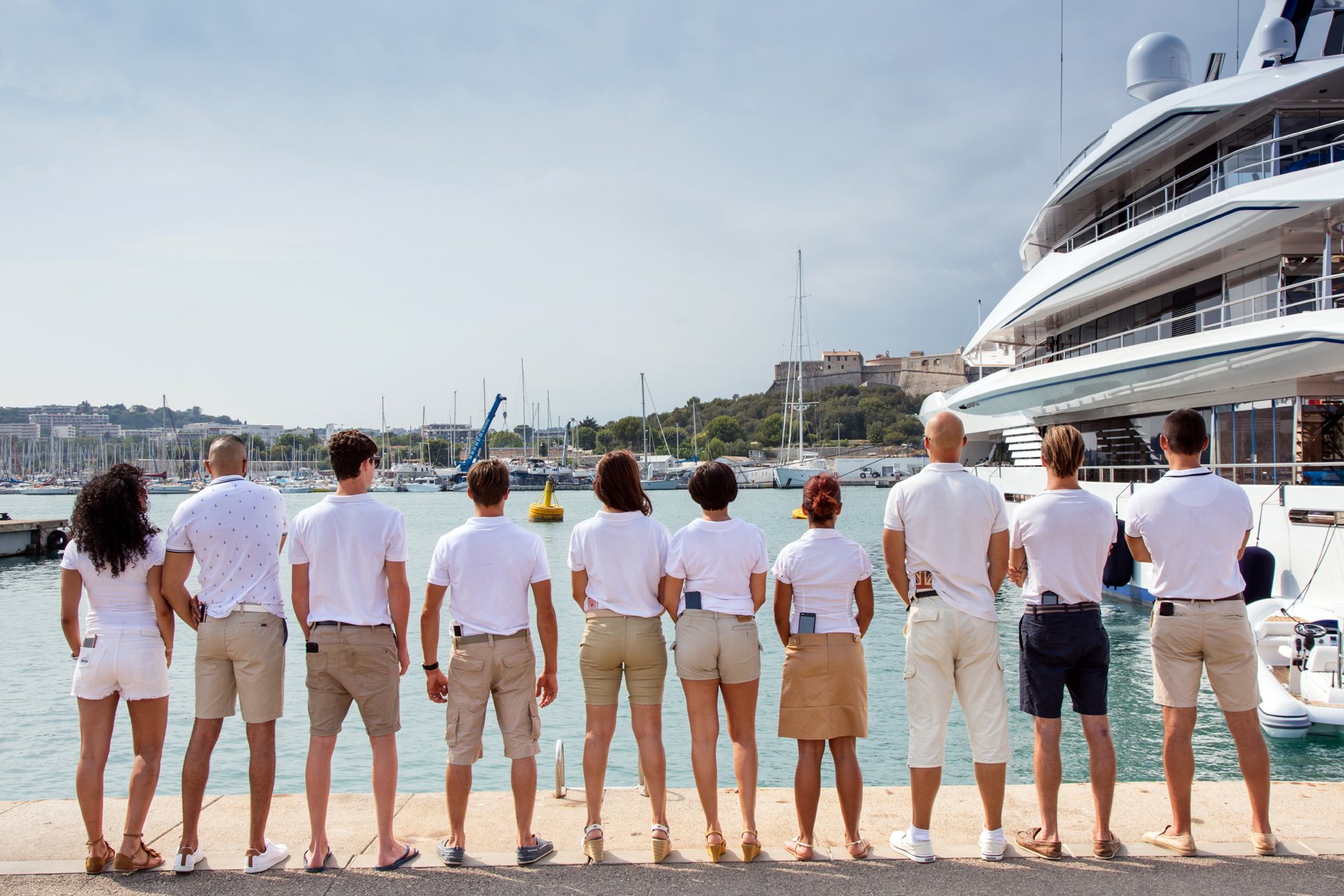
1 – Look the part
Whilst you certainly don’t need to be in full yachting uniform (hard to come by as a greenie) you should definitely consider wearing something smart and presentable. Remember that yachting is a visual industry, people will remember you based on how presentable you are, so don’t turn up on the quay in flip-flops with a skateboard under your arm. A simple white t-shirt and shorts will suffice.
2 – Get Creative.
It’s important to remember that most boats will receive a high number of CVs per day, so standing out from the crowd is essential. The First Officer of a 50-metre boat told me that whilst he was based in Antibes, he received a Sweet from a hopeful Deckhand that had a QR code linking back to a CV – the fact that this story is being told years later proves how memorable that attempt was!
If you don’t have the resources to be quite as bold as that individual, just make sure that you hand out CVs with a good quality photo of yourself and keep your profile short and snappy – the longer your CV is the fewer chances it has of being read.
3 – Do your research on which Marinas are easy to access
You may find security issues getting into some of the ports in a lot of yachting locations. Join the local yachting Facebook groups and ask the local community which ports you can gain access to. It could be a case of strolling right in, alternatively, you may need an access card which may be harder to come by. Some ports don’t allow dock walking at all unless you know someone who can grant you access.
4 – Make sure your Social Media profiles are presentable
If a boat is interested in hiring you, rest assured that the crew will search for you on Facebook, Instagram, etc. Whilst you need not remove absolutely everything, just be cautious of sharing any controversial or incriminating content on your public profiles. A photo of yourself with a glass of wine in your hand isn’t the end of the world but perhaps you want to avoid photos of yourself partying just in case.
5 – Check for new boats in the port
A great tip from Lars Molin, admin of the Facebook Group Palma Yacht Crew, is to check for new vessels entering the port each day: “Look on www.marinetraffic.com or www.vesselfinder.com and see the names of the boats in the harbour and write them down. Each day, see if new boats have entered the harbour against your list and go approach them first thing in the morning when the Deckies are out. Just be quick and precise, as they might have a quick turnaround for charter”.
6 – Try and get your CV into the hands of a HOD
I spoke to the Head of Service on a 90m who insists that when Dock Walking, its who you speak to that is crucial:
“If you give your CV to a deckhand but you’re looking for an interior position, the odds of it landing in the hands of a HOD is so low. I know it’s easier said than done, but if you’re looking for an interior position you’ll have so much better luck engaging with someone from the interior”
7 – Be social – In the right way
Hitting the local yachting bars is always a good way to make contacts and scope out any potential job opportunities. Showing your personality can go a long way in landing your first job, but make sure you don’t end up making a bad impression by indulging in too much alcohol. Drunk and obnoxious behaviour won’t make a good impression on any prospective employers.
If you play a sport, why not check out the local teams that other yachties are in? Get creative about how you socialise outside of the bar! Yachting is a highly social industry that revolves a lot around word of mouth.
8 – Check into a crew house
Do your research on local crew houses in the area you are seeking work in. There are many crew houses in the popular yachting hubs of Antibes and Fort Lauderdale, whilst there are some but not as many in Palma, Mallorca.
Crew houses also act as social spaces where green crew can network and keep their ears to the ground regarding day work. Oftentimes, you will find notice boards that advertise any open positions for work in the area.
9 – Try not to be disheartened by setbacks
It takes a lot of courage to walk up to the back of a superyacht and ask for a job, don’t feel disheartened if you don’t find something immediately. If you’re starting to feel like pushing water up a hill might be easier than finding that elusive first job, remember that those who came before you also struggled. Be persistent and follow the advice of more experienced crew members and you should be setting sail in no time.
For more Superyacht Content Crew Mess articles click here.
